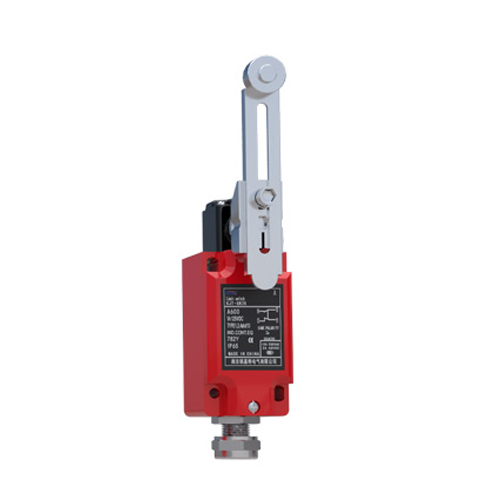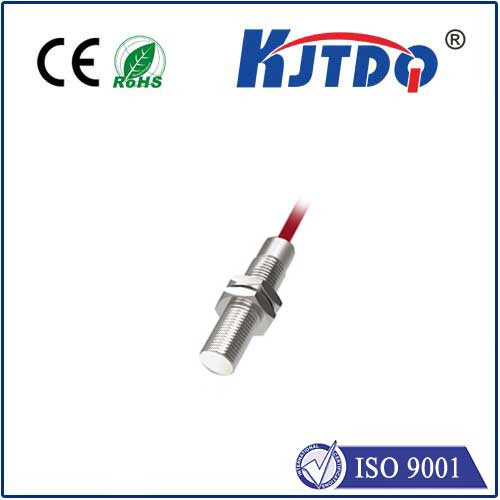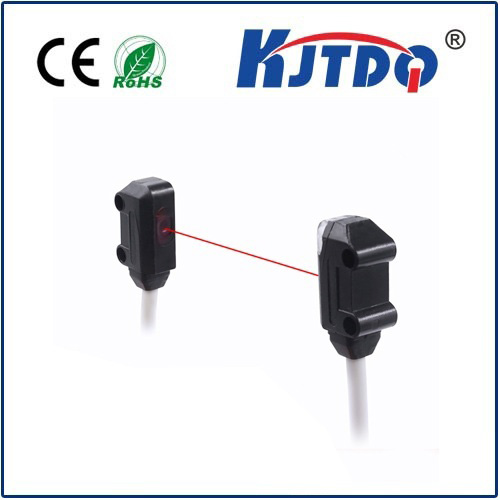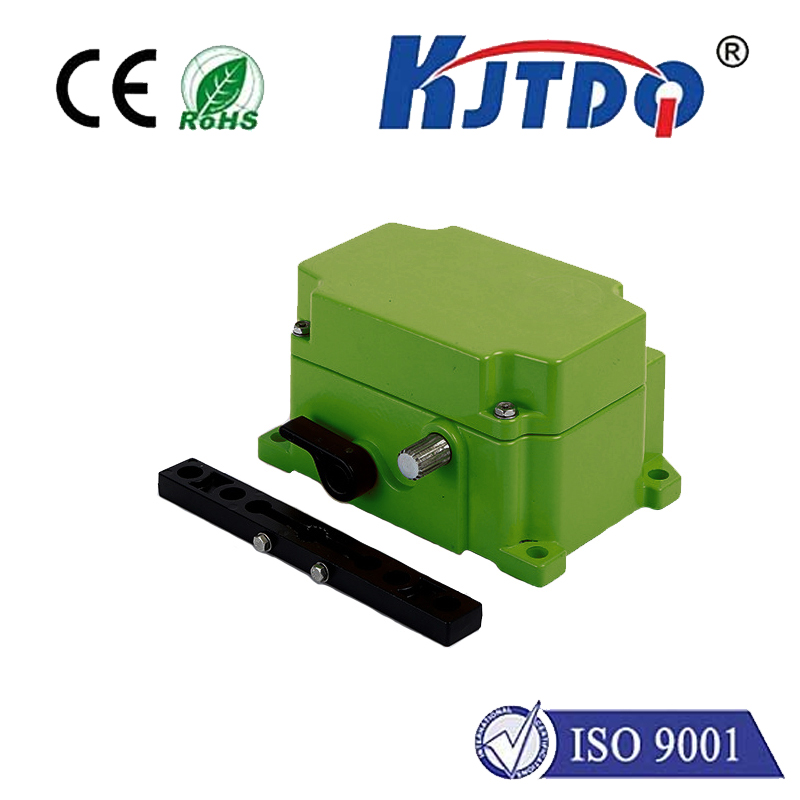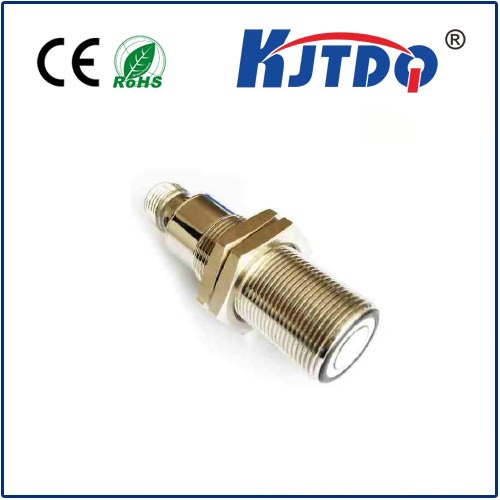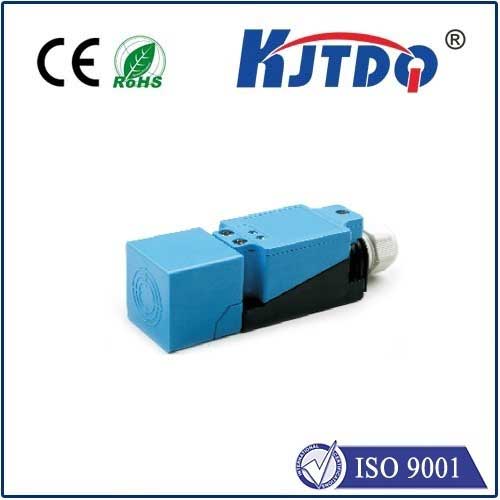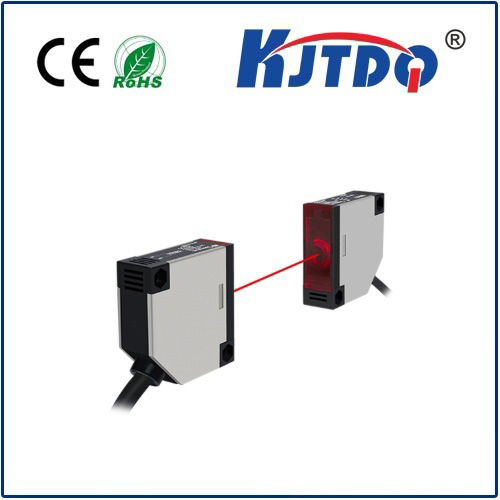Вентилятор и ограничитель
- time:2025-07-31 02:36:22
- Нажмите:0
Fan and Limit Switch: The Unsung Hero of Furnace Safety and Comfort
Your furnace isn’t just a brute-force heater; it’s a finely tuned system designed for both warmth and safety. Nestled within its housing, often overlooked but critically important, lies a small component acting as both conductor and guardian: the Вентилятор и ограничитель. Understanding this dual-purpose device is key to appreciating how your furnace maintains efficiency, comfort, and, most crucially, prevents dangerous overheating.
Beyond a Simple Switch: Defining the Dual Role
At its core, a fan limit switch is a control device specifically designed for forced-air heating systems like furnaces and boilers. Its name reveals its two essential, integrated functions:
- Fan Control: It dictates when the blower fan turns on and off relative to the burner cycle.
- High-Limit Safety: It acts as a critical safety switch, automatically shutting off the burner if temperatures inside the furnace become dangerously high.
Think of it as the furnace’s nervous system combined with its emergency shut-off valve. It ensures a smooth, comfortable flow of warm air while standing ready to intervene if things get too hot.
How This Silent Guardian Works: Mechanics in Action

The switch typically consists of:
- А.temperature-sensing probe (often a long, thin metal rod) extending into the furnace’s heat exchanger plenum.
- An electrical switch assembly linked to the probe.
- An adjustable dial or set of dials for calibration (though adjustments should generally be left to professionals).
Here’s the sequence during operation:
- Call for Heat: The thermostat signals the furnace to start. The burner ignites, heating the heat exchanger.
- Temperature Rise: Hot gases flow through the heat exchanger. The air around the ограничительный переключатель probe begins to warm.
- Fan Activation Point: As the plenum air temperature reaches a pre-set level (often around 100-130°F / 38-54°C), the fan control section of the switch closes its circuit. This turns on the blower fan, circulating warm air through your ducts and into your home. This delay prevents blowing cold air initially.
- Steady Operation: The burner continues to fire, the fan blows, and your home warms. The thermostat monitors room temperature.
- Thermostat Satisfied: Once the room reaches the desired temperature, the thermostat signals the burner to shut off.
- Fan Cool-Down: The heat exchanger is still hot. The ограничительный переключатель keeps the blower fan running until the plenum air temperature drops below the fan shut-off point (often around 90-110°F / 32-43°C). This extracts residual heat, improving efficiency and cooling the heat exchanger. The fan then stops.
- Safety Net (High-Limit Function): If, during operation, the plenum temperature rises excessively (due to issues like restricted airflow, a failing blower motor, or a blocked filter), reaching the high-limit set point (typically 160-200°F / 71-93°C or higher), the high-limit safety section of the switch activates. This instantly breaks the circuit to the burner, shutting off the fuel source to prevent potential damage to the heat exchanger, surrounding components, or even a fire hazard. This is a critical safety control.
Why the Fan and Limit Switch is Indispensable
Without this small but mighty component, your furnace wouldn’t just be inefficient; it could be dangerous:
- Comfort: Prevents chilly blasts of air by delaying the fan start until the heat exchanger is warm enough. Ensures all residual heat is utilized.
- Efficiency: By circulating nearly all the heat produced, it maximizes fuel efficiency and reduces energy waste.
- Component Protection: The cool-down cycle protects the heat exchanger from thermal stress caused by rapid cooling after burner shut-off, potentially extending its lifespan.
- Fundamental Safety: The high-limit safety function is paramount. It is the primary safeguard against catastrophic overheating, which can crack the heat exchanger (allowing deadly carbon monoxide into the home), damage internal wiring, melt components, or start fires. This makes it a non-negotiable part of furnace safety.
Recognizing When Your Silent Guardian Needs Attention
Like any component, fan limit switches can fail or malfunction. Signs to watch for include:
- Fan Doesn’t Start: The burner runs, but the blower fan never turns on (or only comes on much later than usual).
- Fan Runs Non-Stop: The blower fan runs continuously, even long after the burner has shut off, or runs constantly regardless of whether heat is calling. (Note: Some thermostat fan settings like “ON” override this; ensure yours is set to “AUTO”).
- Fan Runs Too Soon: Cold or lukewarm air blows immediately at the start of a heating cycle.
- Frequent Short Cycling: The furnace burner turns on and off rapidly without properly heating the home. A tripped Переключатель верхнего предела causing burner shut-off is a common cause.
- Burner Won’t Stay Lit: If the high-limit trips immediately or very soon after ignition (indicating an overheating problem), the burner may fire briefly then shut down repeatedly.
- Lockout Mode: Many modern furnaces go into a safety lockout if a high-limit trip occurs multiple times in succession.
Replacement and Maintenance: A Job for Professionals
If you suspect a faulty fan limit switch, do not attempt to repair or replace it yourself. While it might seem like a simple part, it’s a vital safety control. Improper installation, calibration, or failure to diagnose the underlying cause of a tripped limit (like restricted airflow) can have serious consequences.
- HVAC technicians possess the tools and expertise to:
- Accurately diagnose if the switch is faulty or if its tripping is symptomatic of another problem (dirty filter, blocked vents, failing blower motor, undersized ducts).
- Test the switch’s specific activation and deactivation temperatures.
- Properly select and install the correct replacement part calibrated for your specific furnace model and airflow characteristics.
- Ensure the furnace operates safely and efficiently after the repair.
Выводы: The Вентилятор и ограничитель operates quietly and reliably in the background, performing its dual roles with precision. More than just a convenience, its high-limit safety function is absolutely fundamental to protecting your home and family. Understanding its importance underscores the value of regular furnace maintenance – including keeping air filters clean and vents unobstructed – to keep this critical HVAC safety control operating correctly for years to come.


